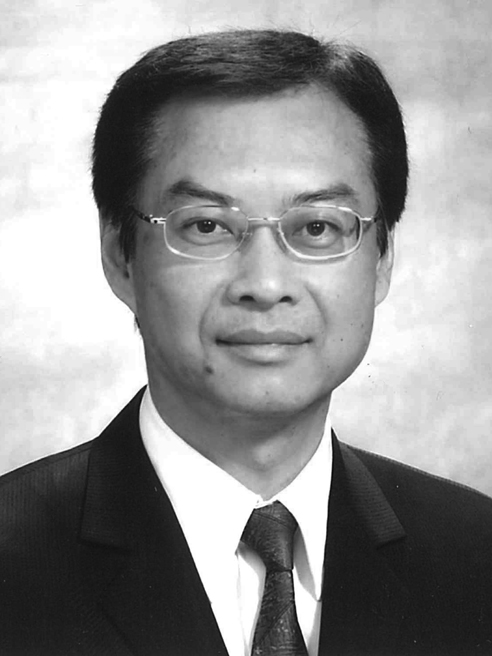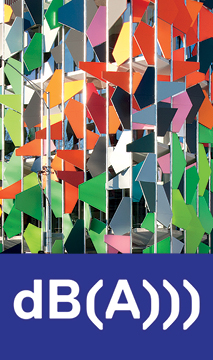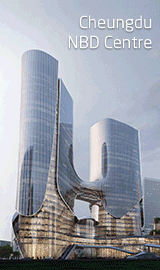Hot on the heels of the HKSAR Government’s mandate for clean, green and environmentally-friendly buildings comes a radical new approach to the construction industry tendering process with a new focus now placed on innovation and creativity.
Explaining the intricacies of the current tender process, Development Bureau (DEVB) Permanent Secretary for Development (Works), Mr Wai Chi-sing, gets down to basics.
 “Until now, we have basically had two types of contracts, a consultancy agreement or a construction contract,” says Mr Wai. “In the first stage of the tendering process, we usually go through a short-listing process to identify a small group of companies suitable for the job under tender and are those regarded as most appropriate for a specific job or project, who we subsequently invite to submit a bid.”
“Until now, we have basically had two types of contracts, a consultancy agreement or a construction contract,” says Mr Wai. “In the first stage of the tendering process, we usually go through a short-listing process to identify a small group of companies suitable for the job under tender and are those regarded as most appropriate for a specific job or project, who we subsequently invite to submit a bid.”
Mr Wai explains that the existing tendering arrangement is a two-envelope, two-stage system. This means that the bidder has to submit two envelopes – one containing a technical proposal, the second containing the bid proposal.
“We open up the technical proposal first and carry out a technical assessment,” continues Mr Wai. “This is where the bidder lists its relevant experience, technical ability, management team, qualifications and so on. After we have the scores allocated to this first stage of the bidding process, we then open up the bid, or fee, proposal and we give this component another score. These two scores are then combined and the tender with the highest score gets the bid.”
“We have a marking scheme for scores e.g. for a technical proposal we may allocate 10 points for past experience, another 10 points past performance, and maybe another 10 points for technical viability. Normally, we would include a small sandwich for innovation and creativity in the technical proposal, but this only accounts for small part of the entire technical assessment.”
Former process dated and out-of-touch
Mr Wai explains that the deficiency with this arrangement is that if two people are tendering for a job and I know very well that my technical score will not be as high as yours, then I would simply put in a lower bid and as a result my combined score would be higher than yours. Because you have better technical skills and you probably consider your proposal is better, which may also cost slightly more and you may also consider using more resources, your fee would be higher than mine.
“Knowing that, I would have purposefully put in lower bid in order to get the job,” continues Mr Wai. “As a result, this bidding system to a certain extent drives down the cost and as a result people tend not to put as many resources as we would like into innovation and creativity e.g. they may use a design that they have used before on a previous job, instead of a new, innovative and more creative and design for a particular job and this translates into a negative effect on the standard of jobs.”
However, Mr Wai explains that there are distinct problems regarding the current tender process.
“The first problem is that regarding the major players, we assess their past performance and past experience and as a result the major players get higher marks and are awarded the tender and therefore do not bother to put resources into innovation and creativity.”
Elaborating, Mr Wai states that the DEVB has two consultancy selection boards – one for architectural consultants, and the other for engineering consultants. However, slightly more than 10% of architectural firms currently account for some 50% of government work, while for engineering consultants, just 1-2% of the major industry players account for 50% of the work.
“The second problem is that based on the designs submitted by these companies, we really have not seen much in the way of groundbreaking innovation and creativity,” states Mr Wai. “We also have the same problem regarding contractors, where about 5-6% of the larger contractors account for 50% of the work.”
New era of innovation & creativity
Mr Wai states that these are the two problems DEVB wants to tackle and are currently speaking to industry representatives about and what DEVB proposes is a new two-envelope, three-stage assessment.
“In the first envelope, the bidder has been required to put in the technical proposal, but in future we will be asking them to put two submissions into the first envelope,” explains Mr Wai. “The first of these will be an innovation & creativity proposal and the second document the normal technical proposal. We will then examine both documents together, but they will be marked separately.
“We will have a separate marking scheme for the innovation & creativity proposal and the bidder with the lowest score will be out and no longer permitted to continue with the assessment process. The main purpose is that we want them to place major emphasis on innovation & creativity, unless there are other caveats e.g. we may set a pass mark and if they pass a certain mark then we will not kick out the lowest tender.”
“These scores are then carried forward and added to the technical proposal score for the final result and outcome. But because we are going to take out the lowest score for innovation & creativity, people will tend to put more effort into the innovation & creativity proposal, which is the whole purpose of the new system.”
Mr Wai states that DEVB is currently talking to the industry regarding any particular concerns they may raise in relation to this new tendering process, which they will try to address.
“We will also require the bidders to put in their submissions anonymously, without identifying themselves, which also eliminates any bias from the government point of view,” emphasises Mr Wai.
The pilot for this new tender proposal scheme will be introduced in July and DEVB has already identified two construction contracts and one consultancy contract as a first trial.
“Design consultants are the one who are objecting to changes in the tendering process,” says Mr Wai. “The main reason for this is because in the past, in order to prepare a normal technical proposal they did not need to put in a lot of effort, as we looked at their past experience, past performance and the information readily available from that, so it was also not very costly to put in a bid. Now, with this new proposed tendering system, they will be out if they do not put a reasonable amount of effort into the innovation & creativity component of the tender document.”
Mr Wai explains that costs to prepare tender bid documents will also be greater, so some companies are asking the Government if they can pay for this part of the tendering process.
“We regard the tender process as part of company overheads, so at the moment we are not entertaining this request,” concludes Mr Wai.



















